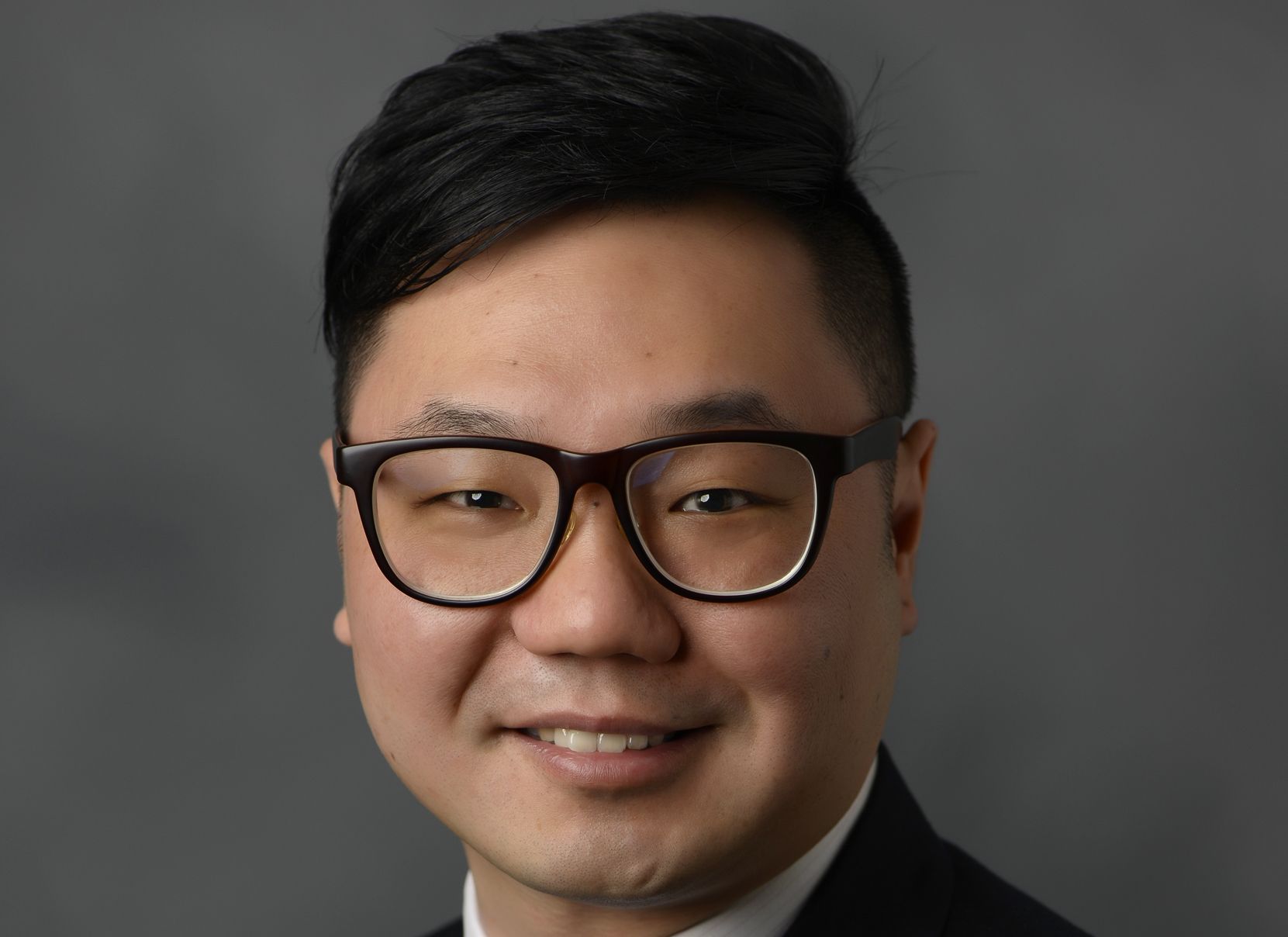The FSA Spy market buzz – 6 June 2025
Animal spirits run wild; Franklin Templeton is taking credit; EM banking revolution; Not all luxury is equal; Death of search and the AI machine; George Soros on wins and much more.

Asian high yield bond funds were hit by several headwinds last year. China’s deleveraging campaign, the US-China trade dispute, depreciating emerging market currencies and a spike in US Treasury yields combined to weigh on the region’s sub-investment grade bonds.
The fund sector posted a negative 3.07% return in calendar year 2018, which could have been worse had buyers not been attracted by bond yields approaching double-digits towards the end of the year. At its nadir in late November, the sector was down 4.8% following hawkish interest rate comments by US Federal Reserve chairman Jerome Powell a month earlier.
Subsequently, bargain hunters stepped in to buy short duration bonds sold by funds forced to meet fund redemptions, according to Eoin Walsh, portfolio manager of Twenty Four Asset Management’s Strategic Income Fund.
The reasons were compelling. As Dhiraj Bajaj, portfolio manager at Lombard Odier Investment Management pointed out in a recent paper: “Asia high yield moved from lows of 5% in 2017 to highs of over 9% by end of 2018, levels not seen since the post-crisis years of 2009-2011.”
Powell’s more accommodative tone at the start of the year prompted a further rally in Asia high yield bonds – and riskier assets in general – which has been sustained so far. The average fund return in the sector year-to-15 February is 2.6%, according to FE Analytics data.
Luke Ng, senior vice president of research at FE Advisory, believes that Asian high yield bonds remain attractive compared to similarly rated bonds in Europe and the US, offering significant yield premiums of up to 50 basis points.
The yield spread differential has typically been justified by Asia high yield bonds’ greater volatility, but Ng said that the sector has become more stable in recent years, as the core investor base has shifted from global, speculative buyers to Asia-based, long-term holders.
FSA asked Ng to compare the two funds, which aim to provide a high level of income and achieve capital growth, but have significantly different investment strategies.
 China’s post-pandemic growth gathers pace
China’s post-pandemic growth gathers pace
 Investors turn to real estate for alternative income
Investors turn to real estate for alternative income
 Turning environmental hopes into investment reality
Turning environmental hopes into investment reality
 Appetite for thematic investments grows amid rates and inflation concerns
Appetite for thematic investments grows amid rates and inflation concerns
 Investment Ideas for 2021: Explore the untapped potential in China Small Companies
Investment Ideas for 2021: Explore the untapped potential in China Small Companies
 How ETFs offer an active way to drive sustainable returns
How ETFs offer an active way to drive sustainable returns
 Smartphones on wheels
Smartphones on wheels
 Who’s afraid of higher interest rates?
Who’s afraid of higher interest rates?
 China bonds: plugging the yield gap
China bonds: plugging the yield gap
 From “FAANG” to “MAMAA” to “Magnificent 7” – what’s in a name?
From “FAANG” to “MAMAA” to “Magnificent 7” – what’s in a name?

Animal spirits run wild; Franklin Templeton is taking credit; EM banking revolution; Not all luxury is equal; Death of search and the AI machine; George Soros on wins and much more.
Part of the Mark Allen Group.
